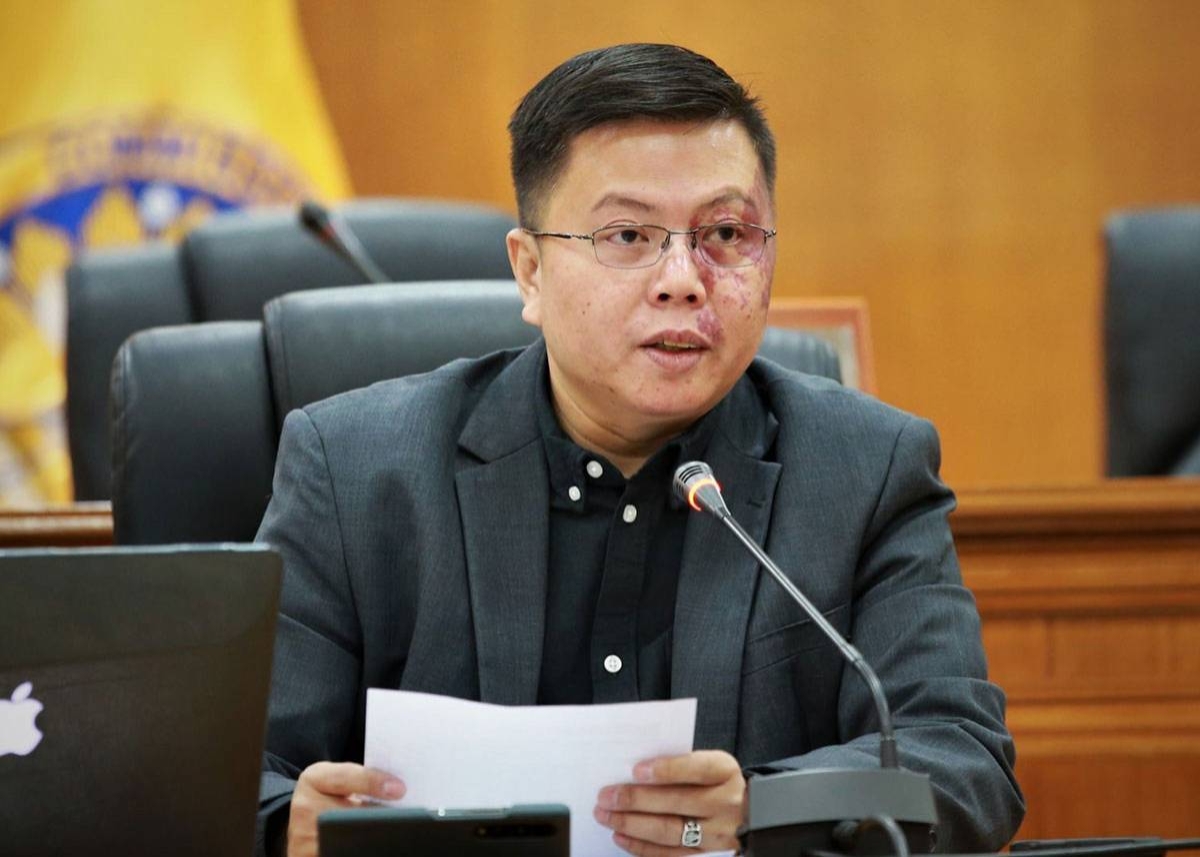The Commission on Elections (Comelec) has announced the second round of bidding for the Online Voting and Counting System (OVCS), a groundbreaking initiative that will allow overseas Filipinos to cast their votes online for the first time in the 2025 midterm polls. This move aims to increase voter turnout among overseas Filipinos and address the low participation rate in previous elections.
According to Comelec spokesman John Rex Laudiangco, the second round of competitive public bidding for the OVCS will take place in the third week of March, with bids to be submitted by March 19. The first round, held on February 22, was declared a failure as the two participating bidders failed to meet the bidding requirements.
Laudiangco clarified that the two companies, Indra Soluciones Techligias de la Information, SLU (Indra) and We Are IT Philippines Inc., may participate in the second round. Although six companies purchased bidding documents, only these two firms submitted bids.
The authority of the Comelec to explore alternative voting methods, such as online voting, is based on Section 16.11 of Republic Act (RA) 9189 and Sections 23 and 28 of RA 10580. Laudiangco assured the public that overseas voting via the internet is safe and secure.
Comelec Chairman George Erwin Garcia emphasized that the implementation of internet voting for overseas Filipinos in 2025 is intended to address the low voter turnout. In the May 9, 2022 elections, the Comelec spent over P400 million for overseas voting, but the voter turnout was only 39 percent. Garcia expressed concern over the lack of personal or mail-in voting among overseas Filipinos and highlighted the need for an additional voting mode.
Currently, overseas voters can cast their votes either by mail or in person at the Philippine Embassy or foreign posts where they are registered. During the 2022 elections, there were approximately 1.7 million registered migrant voters across 92 Philippine posts worldwide. The largest concentration of overseas registered voters is in the Middle East and Africa, with 786,997 voters, followed by Asia-Pacific with 450,282 voters. The Americas have a total of 306,445 voters, while Europe has 153,491 registered voters.
It is important to note that overseas voters, similar to local absentee voting, can only vote for the president, vice president, 12 senators, and one party-list group. Overseas absentee voting begins 30 days before the start of regular elections and closes simultaneously with local voting.
In addition to the OVCS, the Comelec also addressed the financial aspect of upcoming electoral exercises. Chairman Garcia stated that the government would need at least P25 billion to cover three separate electoral events in 2025, including a plebiscite for Charter change. This amount includes the May 2025 national and local elections (NLE), estimated at P25 billion, the December 2025 Barangay and Sangguniang Kabataan Elections (BSKE), estimated at P13 billion, and an additional P13 billion for the plebiscite, if held separately.
Garcia stressed the importance of synchronizing the national and local elections with the plebiscite to optimize resources and minimize costs. Separating the plebiscite would require an additional P13 billion in funding for the Comelec.
In conclusion, the Comelec’s second round of bidding for the Online Voting and Counting System (OVCS) marks a significant step towards enabling overseas Filipinos to exercise their right to vote conveniently and securely. This initiative aims to address the low voter turnout among overseas Filipinos and increase their participation in the democratic process. By exploring alternative voting methods and synchronizing electoral exercises, the Comelec is working towards ensuring a more inclusive and efficient electoral system.
Source: The Manila Times








